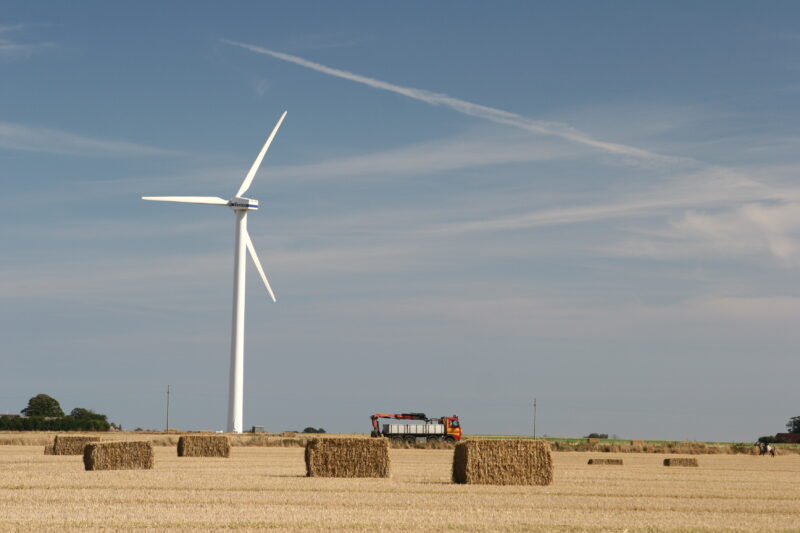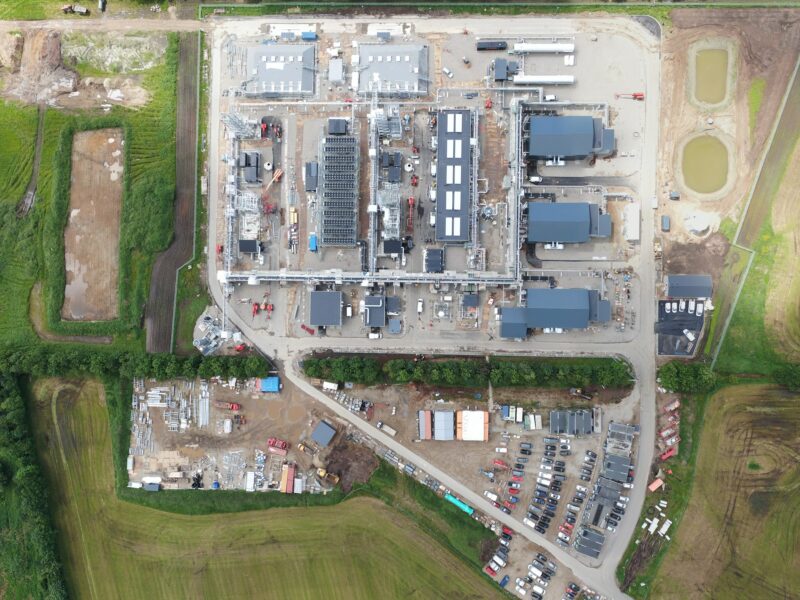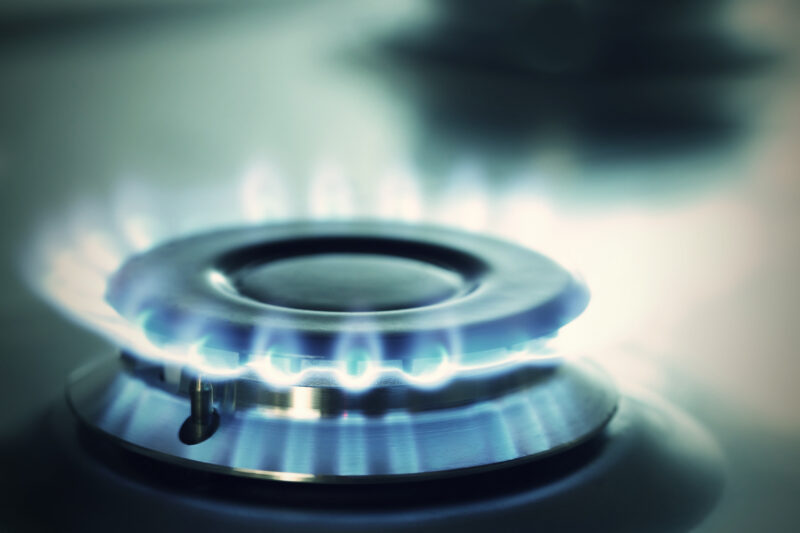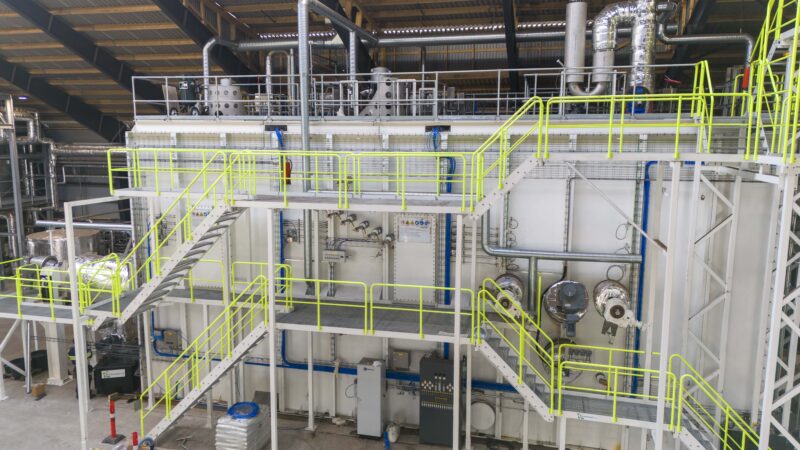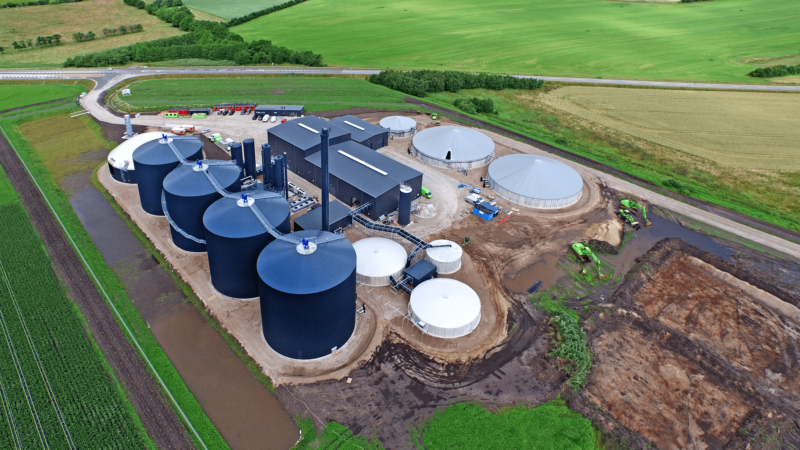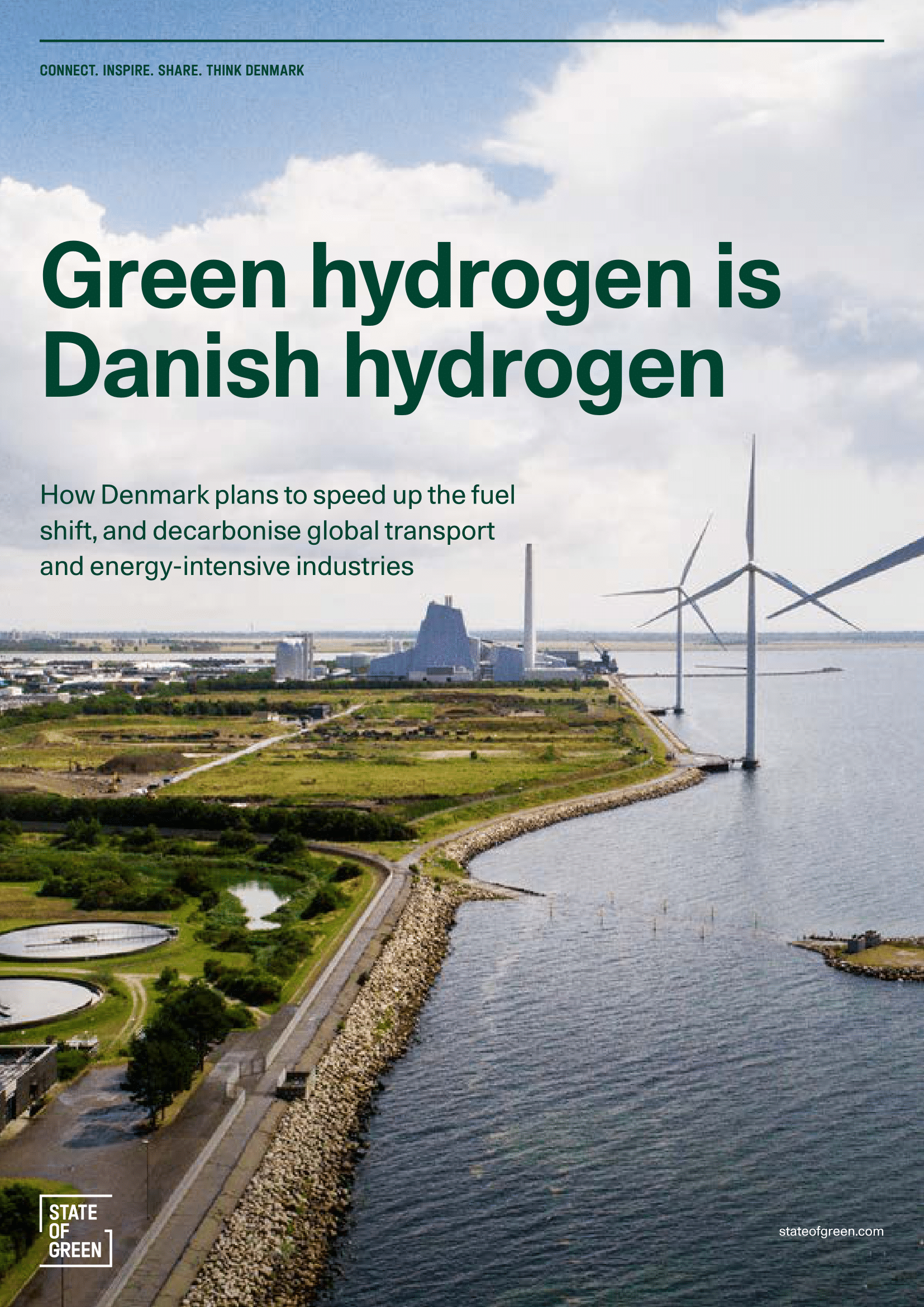News
Biogas
Increased Amounts of Biogas in Natural Gas Grid


Most Danes do not know it, but increasingly more natural gas customers in Denmark are now supplied with CO2-neutral biogas in their houses, instead of natural gas. This is because both Dong Energy and HMN Naturgas I/S, as a part of the green transition, have started to feed so-called upgraded biogas into the natural gas grid.
- Related news: First Biogas from Slurry Injected into Danish Natural Gas Grid
At this point in time, the amounts of biogas are relatively modest. However, according to a new mapping developed by the biggest natural gas company in Denmark, HMN Naturgas I/S, the total amount of CO2-neutral gas in the natural gas grid will be more than five times the amount of today.
Direct effects on climate
That biogas is now being used, as a substitute for natural gas, for heating Danish houses has no economic or practical significance to the individual natural gas customer. However, it has a direct effect on the climate. By substituting natural gas with biogas, the CO2 emission is reduced significantly, as biogas is CO2 neutral.
- This is only the beginning. Since January 2014, we have fed biogas into the grid in four different parts of the country. And during this year, as well as next year, we expect to launch a number of additional projects. At the same time, the other distribution companies are about to launch a number of large projects, says chairman of HMN Naturgas I/S, Ole Bjørstorp, the Mayor of Ishoej Municipality. Ishoej Municipality is one of the 57 municipalities that jointly own HMN Naturgas I/S.
- Related news: Turning Excess Wind Power into Green Natural Gas
An important element in the green transition
So far, the amounts of biogas are relatively modest. The existing projects represent an annual production capacity of approximately 32 million cubic metres.
But the survey shows that the three Danish distributors - HMN Naturgas I/S, DONG Gas Distribution A/S and NGF Nature Energy (the former Naturgas Fyn) – already by the end of this year together will feed approximately 76 million cubic metres of upgraded biogas into the natural gas grid on an annual basis. And by the end of 2016, the total capacity will reach about 179 million cubic metres. This corresponds to supplying approximately 100,000 single-family houses with heat, and will provide an annual CO2 saving of about 400,000 tonnes.
Biogas is an important element in Denmark’s aim to become fossil-free by 2050. To upgrade biogas and send it into the natural gas network is an economically efficient way to reduce CO2 emissions. Also, it corresponds with the political aim to increasingly use the natural gas grid to store green gases, such as biogas and hydrogen, as well as use it for transport.
Source: HMN Naturgas
